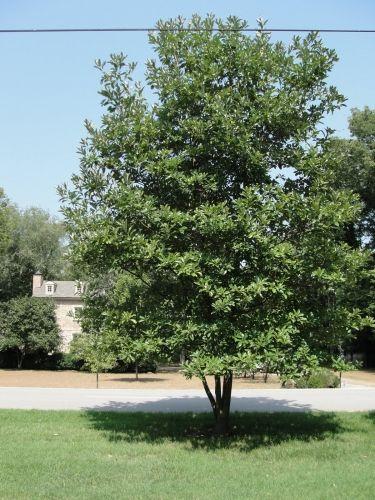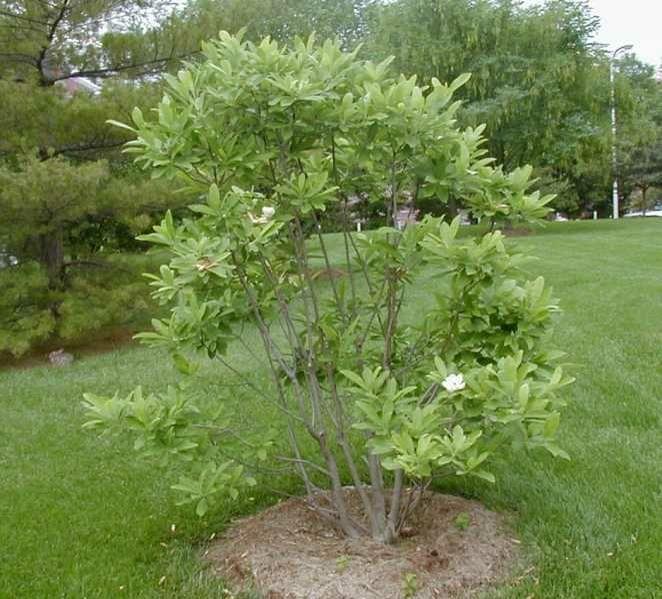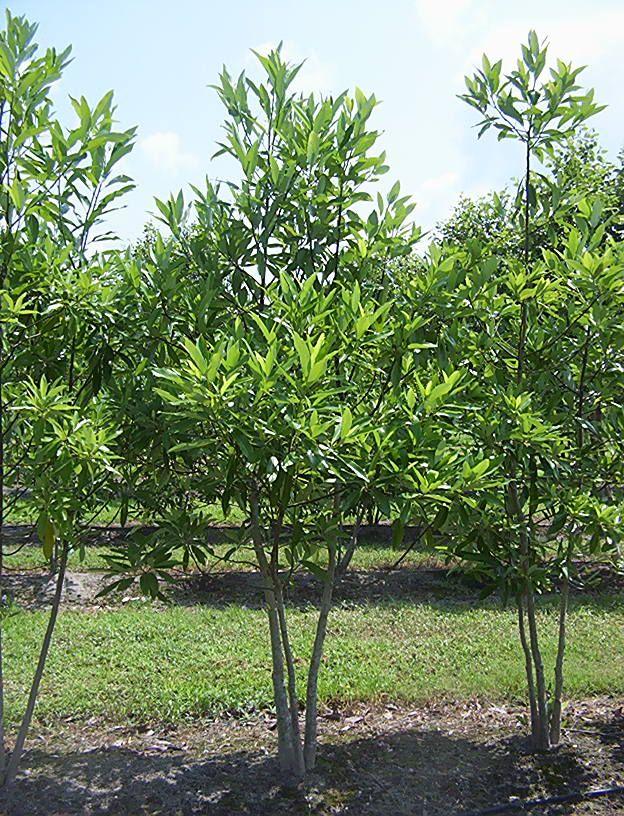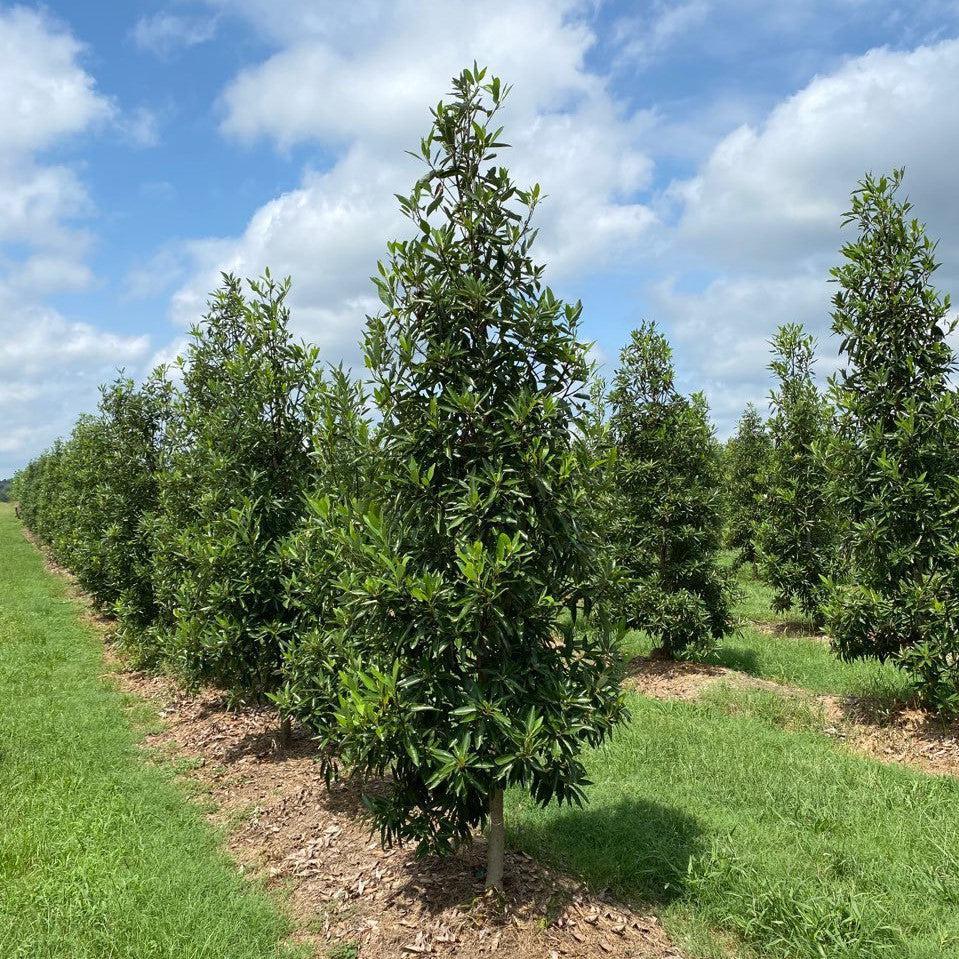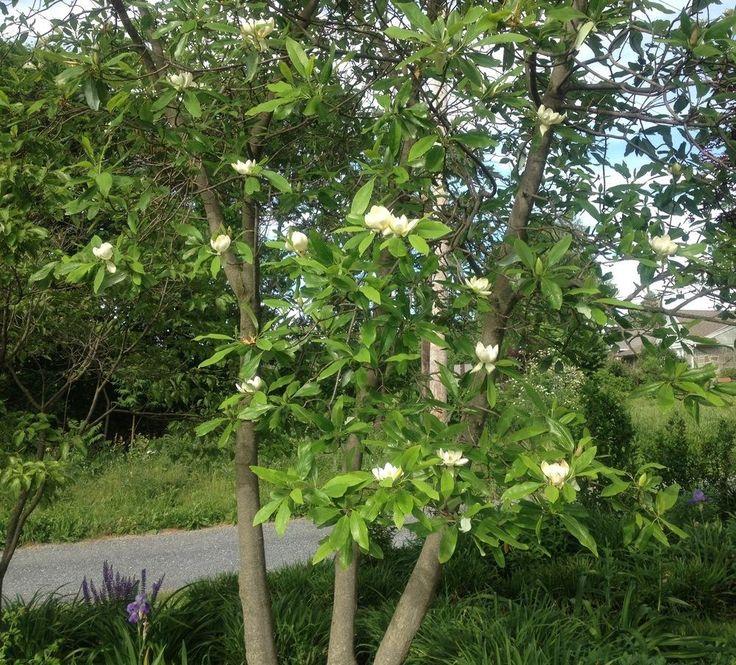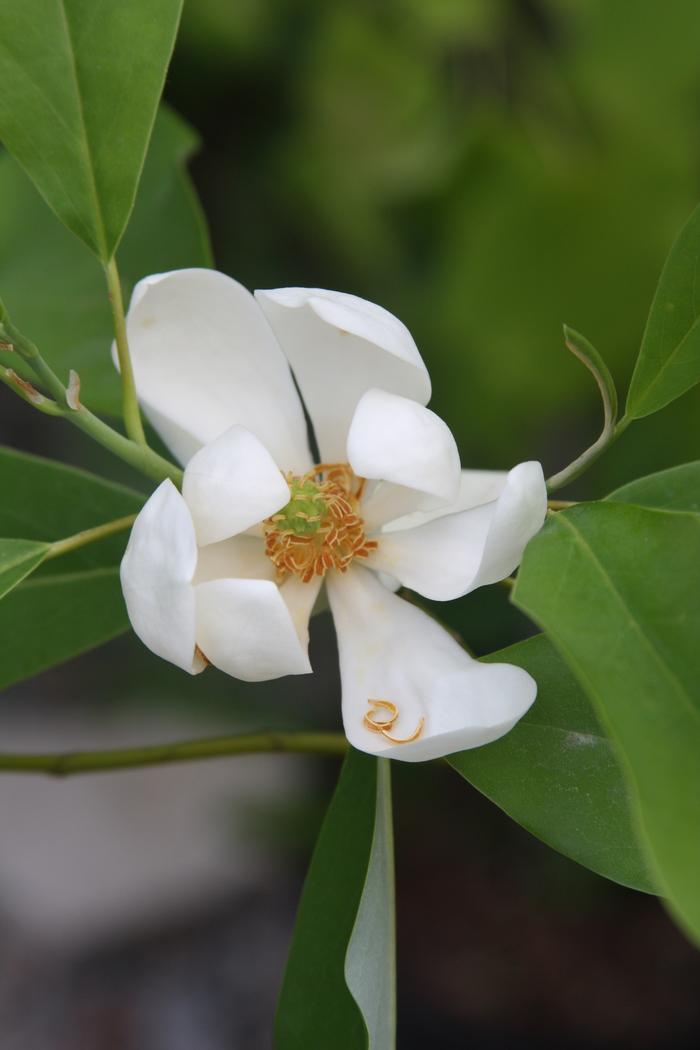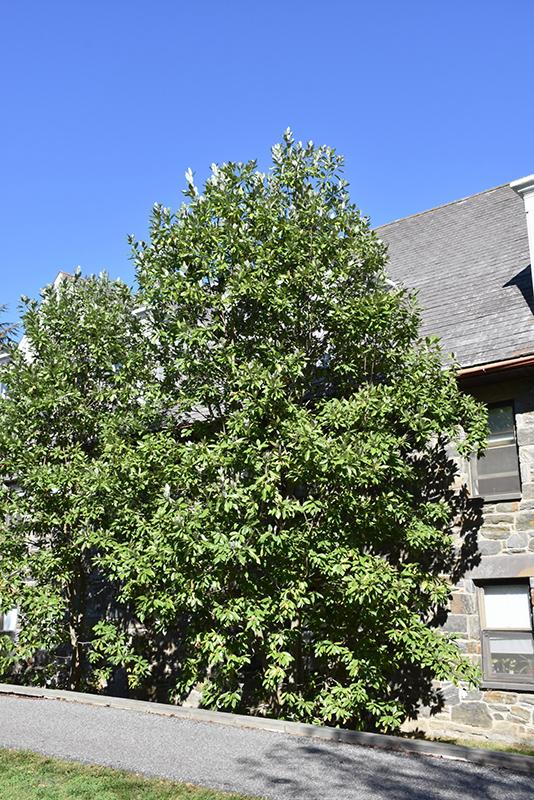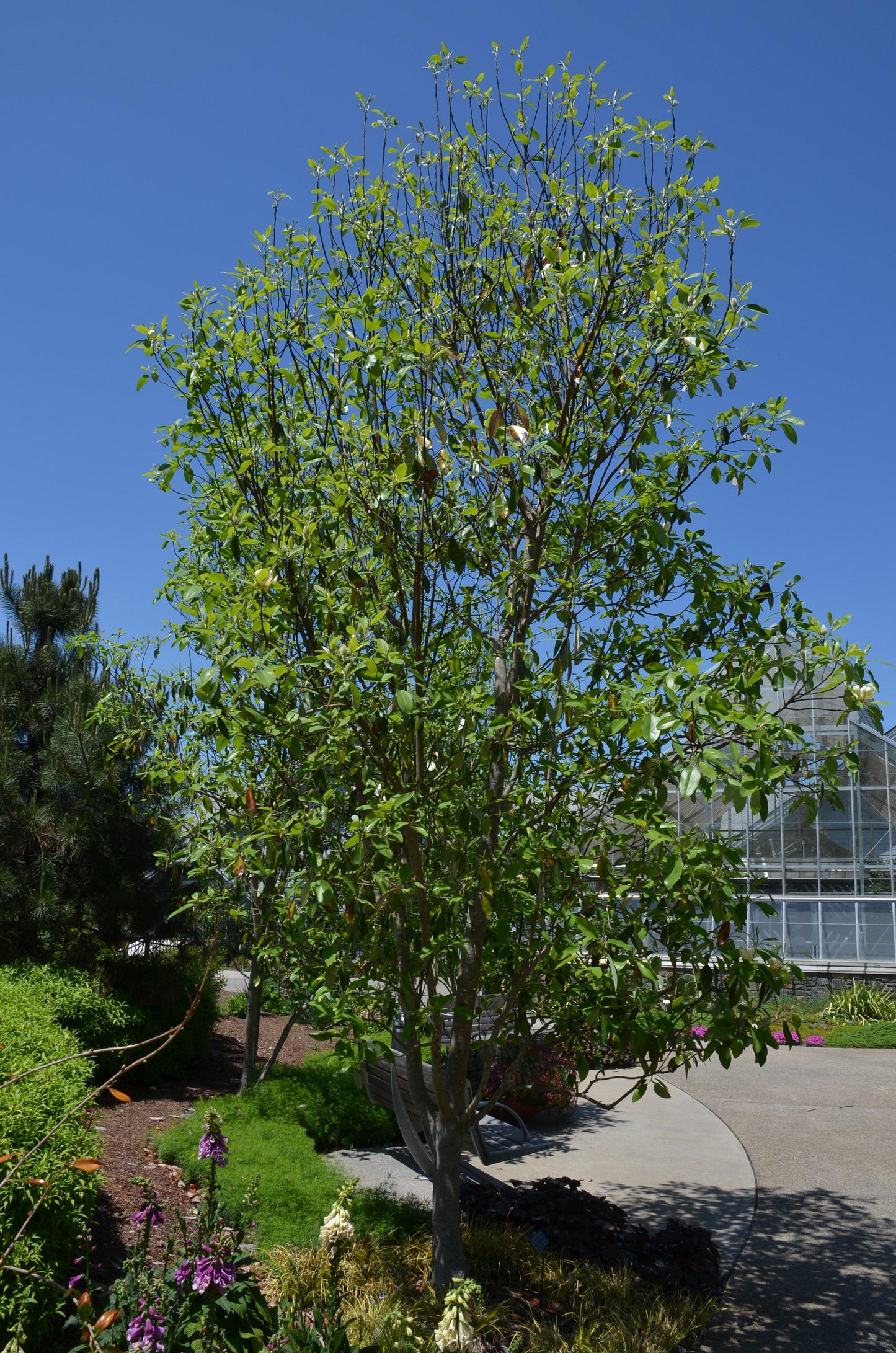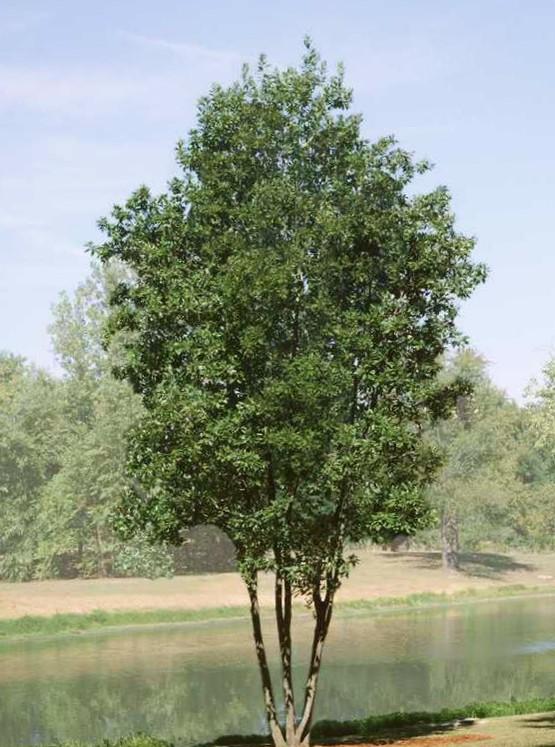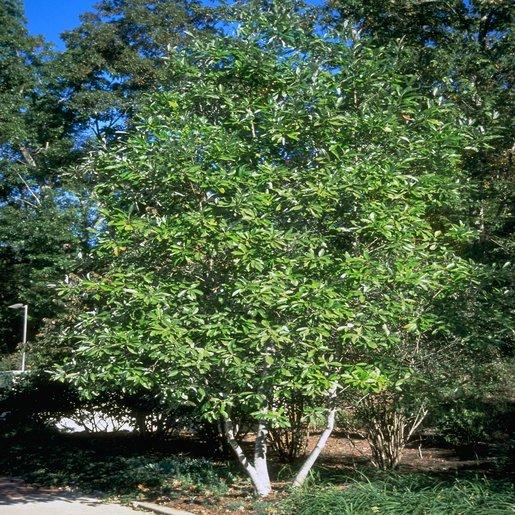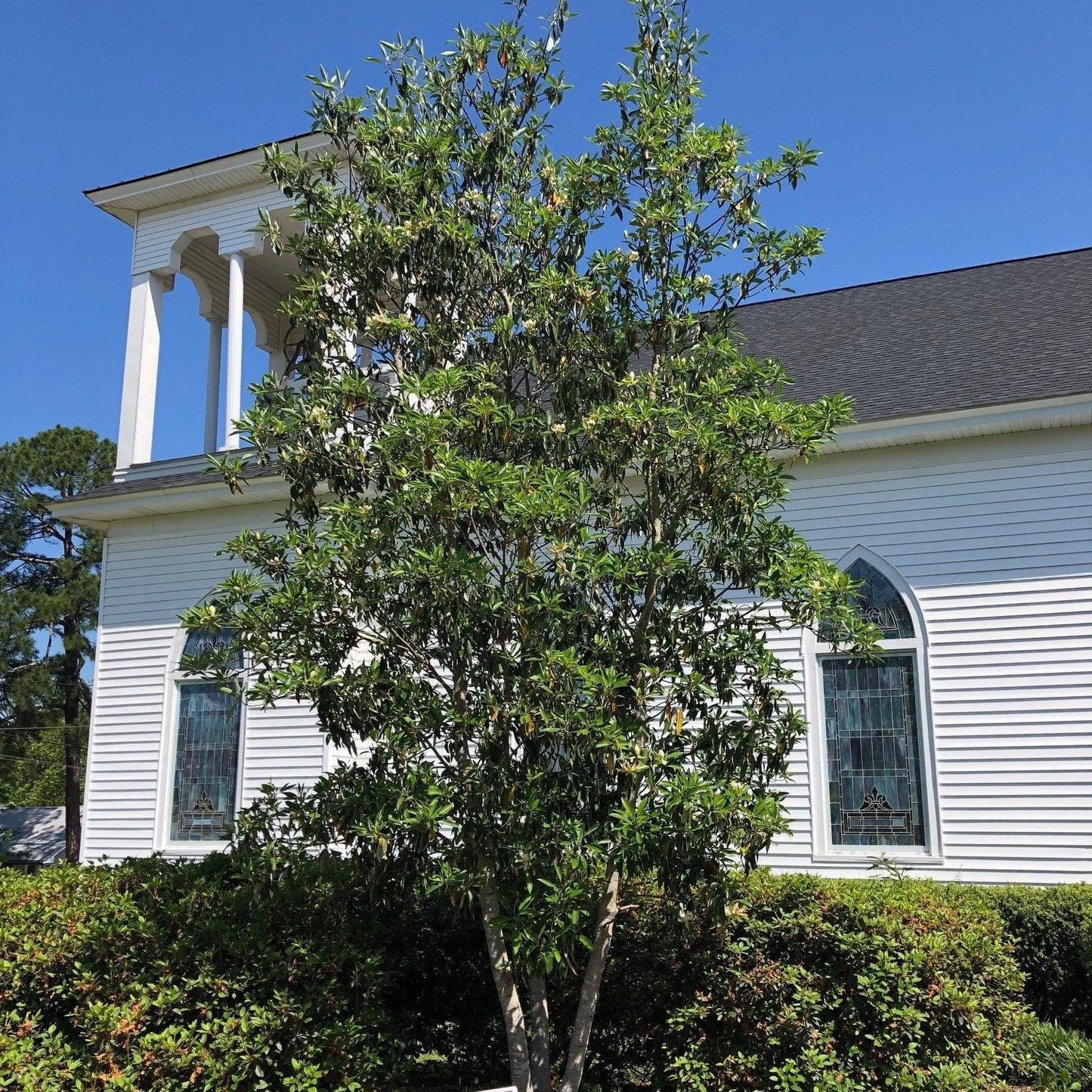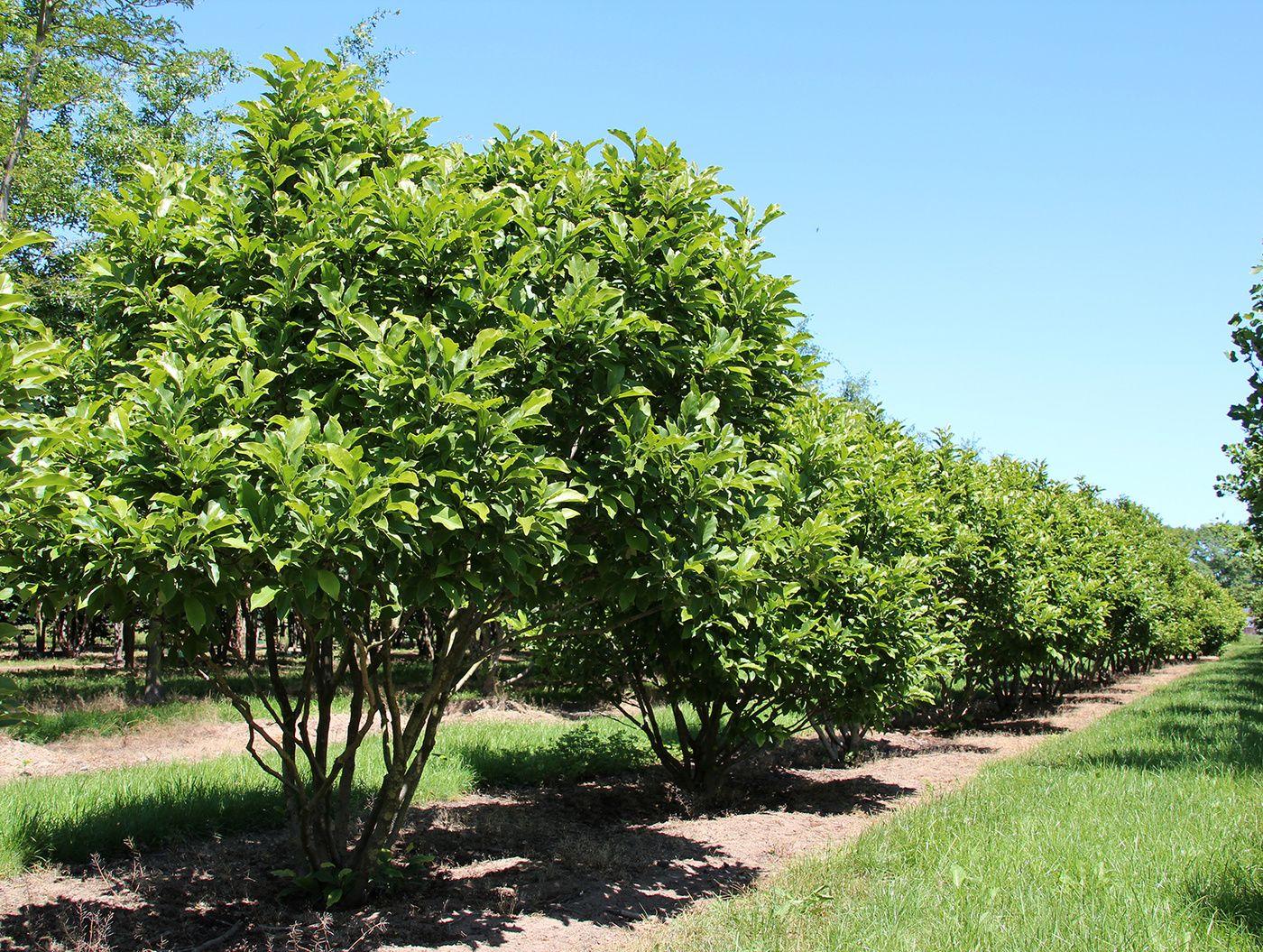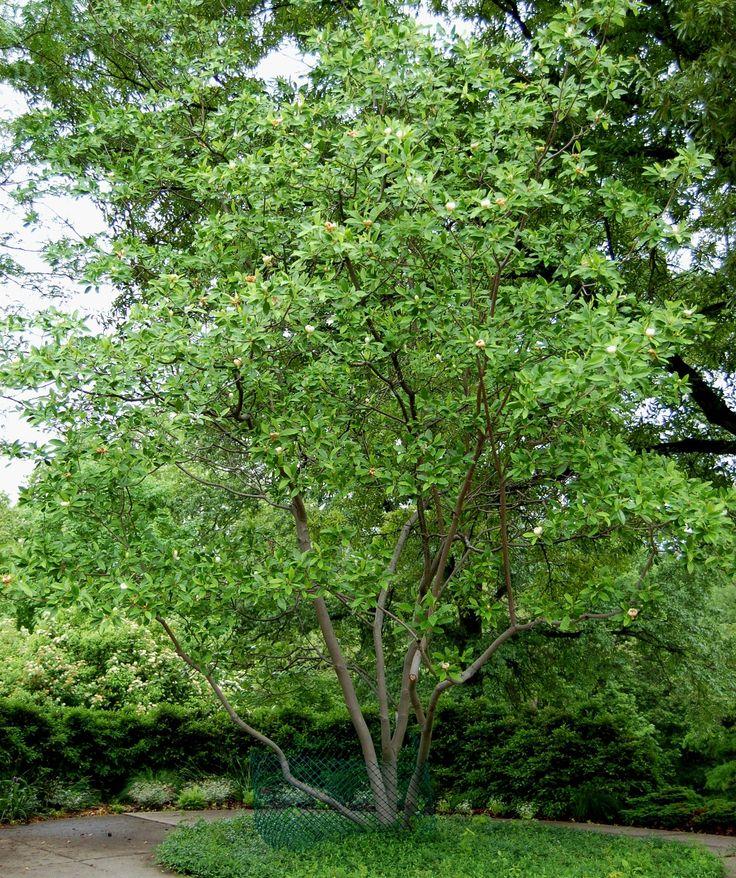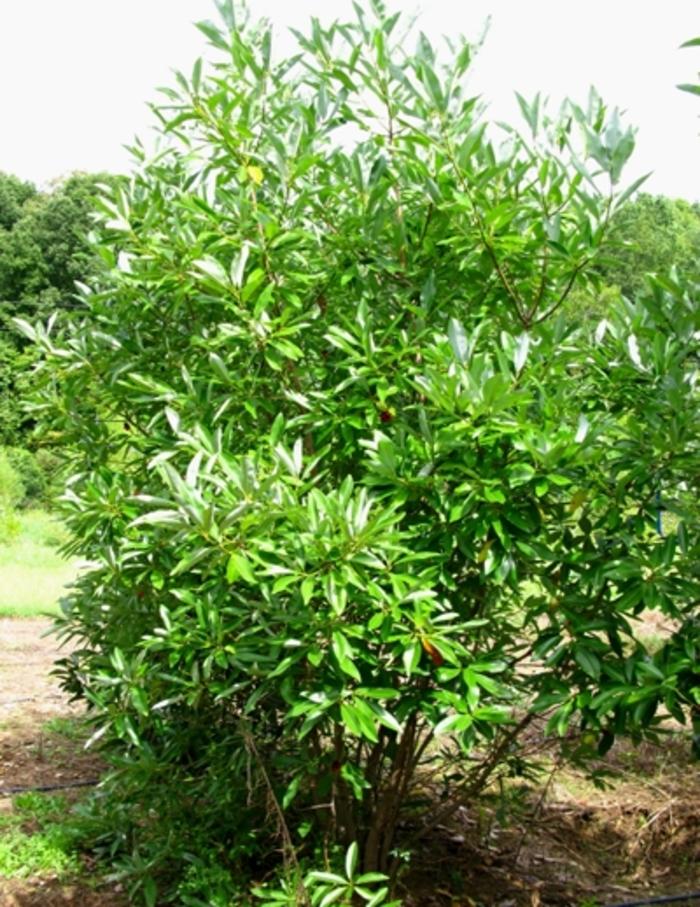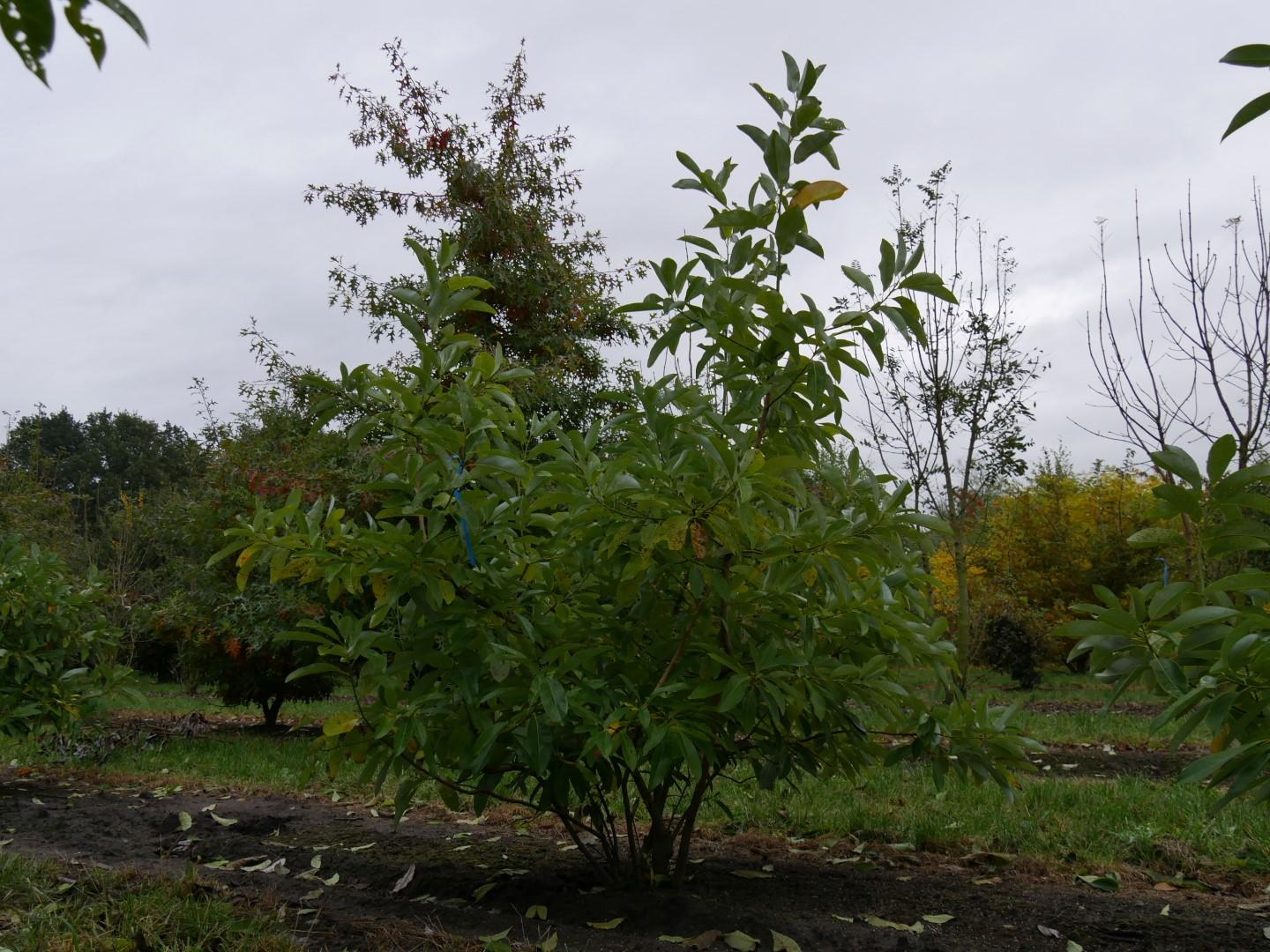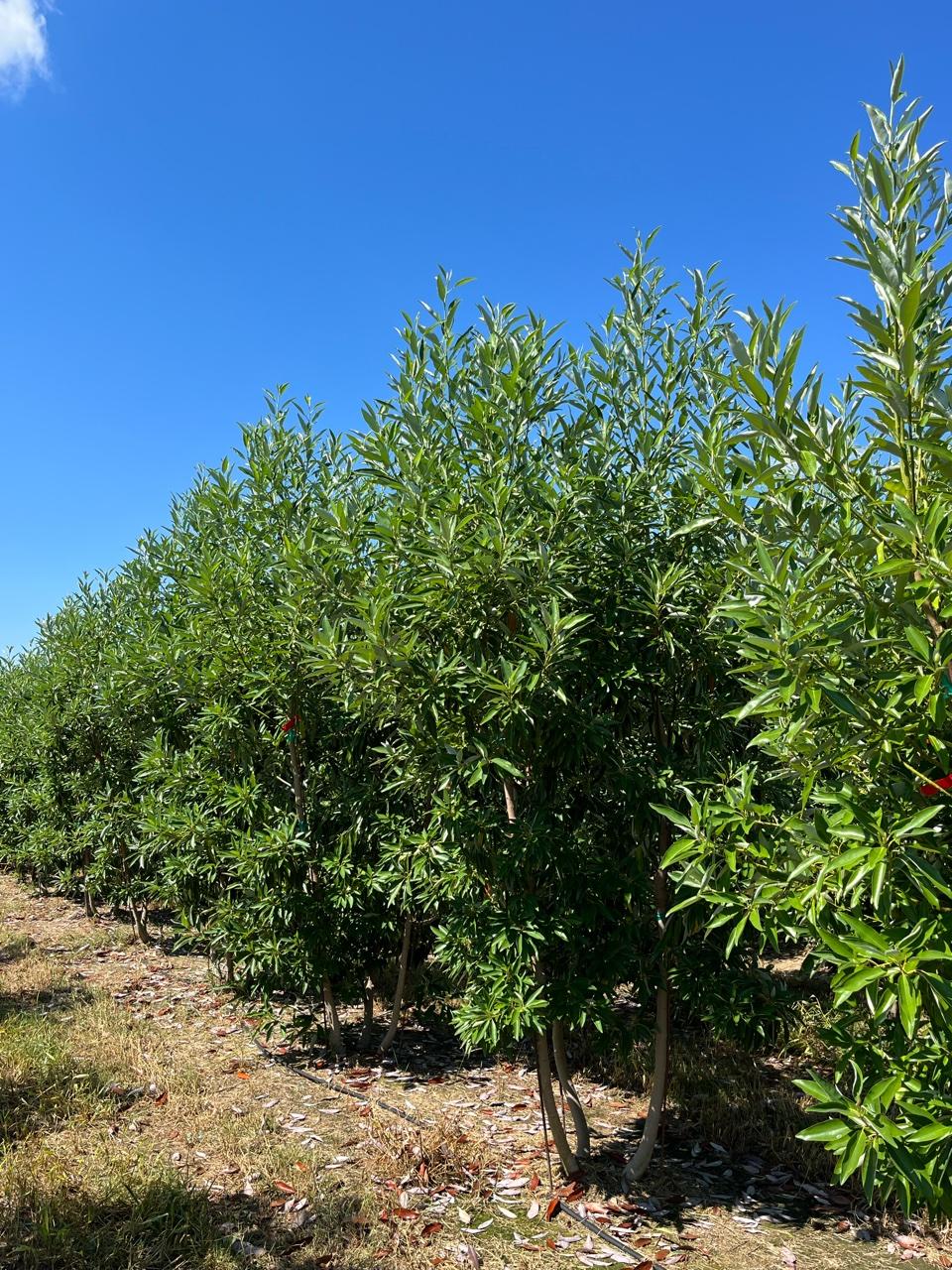1
/
of
18
Sweetbay Magnolia-Multi Stem-Versatile Plant 10/12' h B&B
Sweetbay Magnolia-Multi Stem-Versatile Plant 10/12' h B&B
Regular price
$2,400.00 USD
Regular price
$3,120.00 USD
Sale price
$2,400.00 USD
Unit price
/
per
Shipping calculated at checkout.
SKU:ntf9031-redcrocus
Couldn't load pickup availability
Magnolia virginiana - Multi Stem
Description
The Magnolia virginiana, commonly known as Sweetbay Magnolia or Swamp Magnolia, is a versatile and elegant multi-stemmed shrub or small tree. It is known for its fragrant, creamy white flowers and glossy, dark green leaves that are silver underneath. This plant is a beautiful addition to any garden, providing a touch of elegance and a delightful scent.
Suggested Uses
Sweetbay Magnolia is ideal for use in mixed borders, as a specimen plant, or in naturalized areas. It thrives in wet areas, making it perfect for planting near ponds or in rain gardens. Its fragrant flowers and attractive foliage also make it suitable for use as a focal point in a garden.
Plant Details
-
 Botanical Name: Magnolia virginiana - Multi Stem
Botanical Name: Magnolia virginiana - Multi Stem -
 Common Name: Sweetbay Magnolia, Swamp Magnolia
Common Name: Sweetbay Magnolia, Swamp Magnolia -
 Size & Growth: 10-20 feet tall and wide
Size & Growth: 10-20 feet tall and wide -
 Hardiness Zones: 5-9
Hardiness Zones: 5-9 -
 Foliage Type: Semi-evergreen
Foliage Type: Semi-evergreen -
 Bloom Time: Late spring to early summer
Bloom Time: Late spring to early summer -
 Growth Rate: Moderate
Growth Rate: Moderate -
 Light Requirements: Full sun to partial shade
Light Requirements: Full sun to partial shade -
 Attracts Pollinators: Yes
Attracts Pollinators: Yes -
 Indoor Friendly: No
Indoor Friendly: No -
 Container Friendly: Yes
Container Friendly: Yes -
 Deer Resistant: No
Deer Resistant: No -
 Pet Warning: Non-toxic to pets
Pet Warning: Non-toxic to pets -
 Fragrant: Yes
Fragrant: Yes -
 Cut Flower: Yes
Cut Flower: Yes -
 Grows Well With: Azaleas, Ferns, Rhododendrons
Grows Well With: Azaleas, Ferns, Rhododendrons
Care Tips
-
 Planting Instructions: Plant in spring or fall for best results
Planting Instructions: Plant in spring or fall for best results -
 Soil Moisture: Prefers moist, well-drained soil
Soil Moisture: Prefers moist, well-drained soil -
 Soil Type: Acidic to neutral, loamy soil
Soil Type: Acidic to neutral, loamy soil -
 Humidity: Tolerates high humidity
Humidity: Tolerates high humidity -
 Pruning Instructions: Prune after flowering to maintain shape
Pruning Instructions: Prune after flowering to maintain shape -
 Winter Care: Mulch to protect roots in colder zones
Winter Care: Mulch to protect roots in colder zones -
 Planting Depth: Plant at the same depth as in the nursery pot
Planting Depth: Plant at the same depth as in the nursery pot -
 Fertilization: Fertilize in early spring with a balanced fertilizer
Fertilization: Fertilize in early spring with a balanced fertilizer -
 Special Care: Ensure consistent moisture, especially in dry periods
Special Care: Ensure consistent moisture, especially in dry periods
Share
